Why the 2024 Season Rocked
Yet another field season has come and gone, and what an exciting time it was! This year was a blend of bittersweet goodbyes and exciting new beginnings. If you missed joining us this summer, we’re here to tell you what went down in our neck of the Bighorn Basin!
Did you know that it’s officially been 30 years since the Mother’s Day Site was discovered? Since 1994, over 3000 Diplodocus bones have been unearthed and provided a whole new glimpse into the lives of these dinosaurs. So far, every individual that perished here has been a juvenile or sub-adult. Due to the size of some new elements found at Pit 4 of Mother’s Day this year, we now have reason to believe there may have been even younger dinosaurs here!
Good things come in small packages for the microsite, discovered by Elevation Science participants a few years ago. Microfossils are vital to paleontology, as they can be great indicators of ancient environments and make excellent index fossils in the fossil record. With so much going on at our other quarries, the microsite remained dormant until the final week of the 2024 season. However, as usual, our participants came through and discovered some amazing new fossils, like a tiny jaw (stay tuned!). We might even have something bigger waiting for us; perhaps the microsite isn’t so “micro” after all…
These are not the dinosaurs you are looking for… Unless it’s the Skywalker site! Skywalker is a mystery sauropod site (i.e. currently unidentified) discovered in 2023 by myself and a group of determined daily visitors. Though we do not yet know the genus of this dinosaur, we have deduced that it is likely a Diplodocid (possibly Diplodocus, Apatosaurus, or even Galeamopus)! SW officially opened at the beginning of the 2024 season and it has more than delivered; everything from associated cervical (neck) vertebrae to limb bones to even a tiny sauropod claw! However, the most exciting element discovered this year is the presence of skull material. Dinosaur skulls are rare, given the delicate nature of the bones, and quite remarkable finds. This new discovery could be a familiar dinosaur for us, or something new entirely! Either way, we have discovered a whole new piece to the Jurassic puzzle.
The M&M site gets sweeter and sweeter. This juvenile Allosaurus site was discovered in 2022 by participants Meg and Margaretta. The team made excellent progress this year, removing several limb elements as well as some possible cranial (skull) material. The cherry on top: we uncovered not one, but TWO gorgeous Allosaurus toe claws! While Allosaurus specimens are common in the Morrison Formation, most of our specimens are sauropods (dinosaurs with long necks and tails). An apex predator like Allosaurus gives us even more insight into the lives of these dinosaurs.
It looks like M&M will soon get a new neighbor! After prospecting in the area around M&M, one of our participants had a hunch. The ground in this area was sprinkled with bone fragments known as “float”, which often leads to the dinosaur it comes from. With this participant’s goal in mind, one of our staff members, Jason Poole, started “rooting” around some sage brush. (Fun fact: plant roots are attracted to fossils due to the minerals, so there’s a good chance of finding fossils near the roots!) Poole began to run into some never-before-seen theropod bones (dinosaurs that walked on two legs and had hollow bones). This new site will hopefully be open for excavation in 2024!
With new dinosaurs to explore also comes the time to say goodbye. Fossil Flats was first discovered at the end of the 2021 season, yielding what we would later come to know as a juvenile Camarasaurus nicknamed “Jens”. After three years of hard work, Fossil Flats closed with over 150 bones found. Camarasaurus was one of the most common dinosaurs in North America, living in herds of its own kind and likely alongside other sauropods such as Diplodocus. Our dig sites in Montana are quite far north in the Morrison Formation, so our “Jens” is one of only a few Camarasaurus specimens in Montana!
The end of another field season brings about some bittersweet feelings; while the staff gets back to their routines in the off season with family and friends, we greatly miss seeing our participants every day, making those discoveries, and doing our part to contribute to science in the field. But it’s that thrill of discovery that keeps us coming back every single year, that promise that we will have a chance to find something new and unearth another window to the prehistoric past. Here’s to another season of science and adventure!







